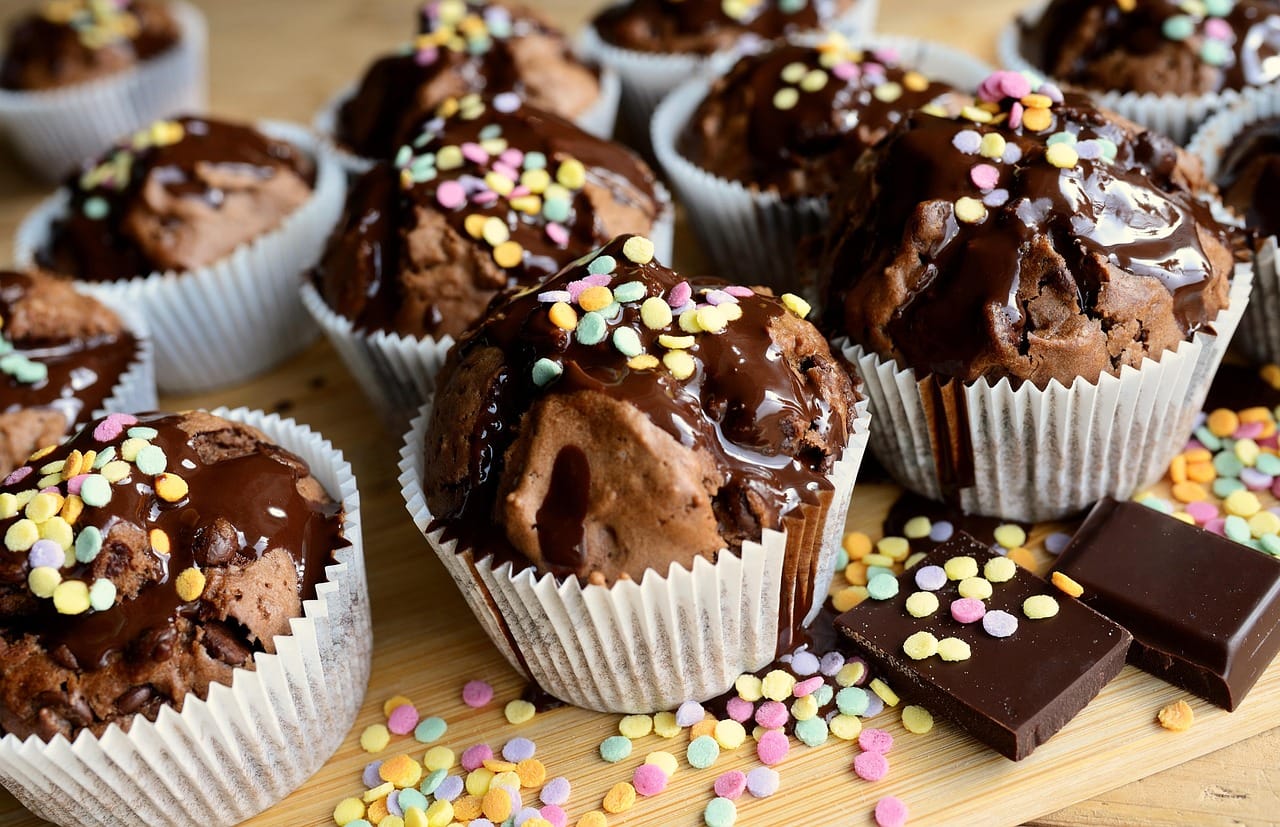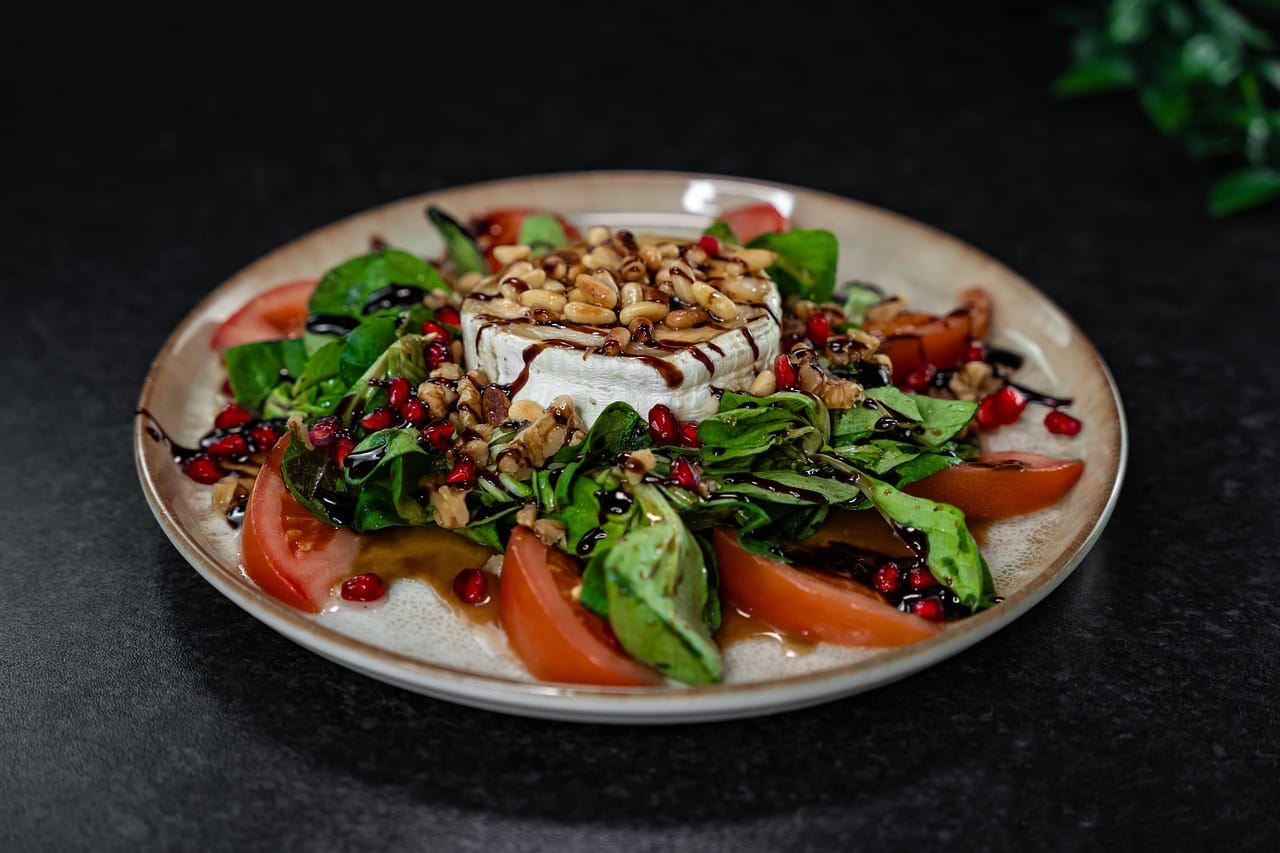Forget the diet for a moment and let your senses be seduced by the rich, decadent allure of brownies. These squares of chocolatey bliss have captivated dessert lovers for generations. Whether you crave fudgy indulgence or a cakey crumb, the humble brownie offers a versatile canvas for sweet creation. This post delves deep into the world of brownies, exploring their history, variations, and the secrets to baking the perfect batch at home. Get ready to unleash your inner baker and discover the joy of creating truly unforgettable brownies.
The Enduring Allure of Brownies: A History & Why We Love Them
A Sweet Serendipity: The Brownie’s Origin Story
The exact origin of the brownie is shrouded in a delightful mystery. However, the most widely accepted story dates back to the late 19th century. Legend has it that a socialite in Bangor, Maine, instructed a cook to create a dessert that was easy to eat from a boxed lunch. Another tale suggests a cook accidentally forgot to add yeast to a chocolate cake, resulting in the dense, fudgy treat we know and love. Regardless of its true beginnings, the brownie quickly gained popularity and made its way into cookbooks and hearts across America.
Why Brownies Reign Supreme: A Flavor Profile
Brownies offer a symphony of flavors and textures that appeal to a wide range of palates. Their appeal is multi-faceted:
- Rich Chocolate Flavor: The undeniable star is, of course, chocolate. Whether it’s dark, milk, or white, the chocolate forms the foundation of the brownie’s taste.
- Versatile Texture: Brownies can range from intensely fudgy, almost molten in the center, to cakey and light. This textural flexibility allows for endless customization.
- Sweetness Factor: Perfectly balanced sweetness complements the chocolate’s intensity, creating a harmonious flavor profile.
- Customizable Add-ins: Nuts, chocolate chips, caramel swirls, pretzels – the possibilities are endless! Brownies readily adapt to different flavors and textural additions.
- Comfort Food Status: There’s something inherently comforting about a warm brownie, evoking feelings of nostalgia and simple pleasure.
Brownie Variations: Exploring the Spectrum of Deliciousness
Fudgy vs. Cakey: The Great Brownie Debate
The eternal question: fudgy or cakey? The difference lies in the ratio of wet to dry ingredients.
- Fudgy Brownies: These brownies are characterized by their dense, moist texture. They typically have a higher fat content (butter or oil) and less flour. Think of them as chocolate fudge in bar form.
Key Ingredient Tip: Using melted chocolate in addition to cocoa powder contributes to a richer, fudgier texture.
Baking Tip: Underbaking slightly is key to achieving that signature fudgy center.
- Cakey Brownies: These brownies resemble chocolate cake in both texture and taste. They contain more flour and often incorporate baking powder or baking soda for leavening.
Key Ingredient Tip: Adding baking powder creates air pockets, resulting in a lighter, cake-like crumb.
Baking Tip: Be careful not to overbake cakey brownies, as they can become dry.
Beyond the Basics: Flavorful Brownie Adventures
The world of brownies extends far beyond the classic chocolate version. Here are a few exciting variations to explore:
- Peanut Butter Swirl Brownies: A decadent combination of chocolate and peanut butter, creating a marbled effect.
- Salted Caramel Brownies: The perfect balance of sweet and salty, with ribbons of homemade or store-bought caramel swirled throughout.
- Mint Chocolate Brownies: Infused with refreshing mint extract or topped with a layer of mint chocolate ganache.
- Espresso Brownies: A subtle hint of coffee enhances the chocolate flavor, adding depth and complexity.
- Blondies: The vanilla-based cousin of the brownie, offering a buttery, caramel-like flavor.
Baking Perfect Brownies: Tips and Techniques
Essential Ingredients: Quality Matters
The key to exceptional brownies starts with high-quality ingredients:
- Chocolate: Use good quality chocolate, whether it’s unsweetened baking chocolate, semi-sweet chocolate chips, or cocoa powder. The type of chocolate significantly impacts the flavor.
- Butter: Unsalted butter is preferred, allowing you to control the salt content in your recipe.
- Sugar: Granulated sugar provides sweetness and structure, while brown sugar adds moisture and a molasses-like flavor.
- Eggs: Eggs bind the ingredients together and contribute to the brownie’s texture.
- Flour: All-purpose flour is typically used, but cake flour can create a more tender crumb.
Mastering the Mixing Process
The mixing technique can significantly influence the brownie’s texture.
- Melting Chocolate: Melt chocolate slowly and carefully to prevent scorching. Use a double boiler or microwave in short intervals, stirring in between.
- Creaming Butter and Sugar: Creaming butter and sugar together creates air pockets, contributing to a lighter texture (especially important for cakey brownies).
- Adding Eggs: Incorporate eggs one at a time, mixing well after each addition.
- Folding in Dry Ingredients: Gently fold in the dry ingredients until just combined. Overmixing can develop gluten, resulting in tough brownies.
Baking Time and Temperature: The Sweet Spot
- Oven Temperature: Most brownie recipes call for baking at 350°F (175°C). However, some recipes may require slightly higher or lower temperatures depending on the desired texture.
- Doneness Test: The best way to check for doneness is to insert a toothpick into the center. For fudgy brownies, the toothpick should come out with moist crumbs attached. For cakey brownies, the toothpick should come out clean.
- Cooling Time: Allow the brownies to cool completely in the pan before cutting. This helps them to set and prevents them from crumbling.
Troubleshooting Brownie Baking
- Dry Brownies: Overbaking is the most common cause of dry brownies. Make sure to check for doneness regularly and avoid overbaking. Using too much flour can also lead to dryness.
- Gummy Brownies: Underbaking can result in gummy brownies. Ensure that the center is mostly set before removing them from the oven.
- Uneven Texture: An uneven baking temperature can cause some parts of the brownies to be overcooked while others are undercooked. Ensure your oven is properly calibrated.
Enhancing Your Brownies: Add-Ins and Toppings
Classic Combinations: Time-Tested Favorites
Brownies are delightful on their own, but adding complementary flavors takes them to the next level:
- Nuts: Walnuts, pecans, and almonds provide a satisfying crunch and nutty flavor.
- Chocolate Chips: Milk chocolate, semi-sweet, or white chocolate chips amplify the chocolatey goodness.
- Caramel: Swirls of homemade or store-bought caramel add a touch of sweetness and richness.
- Marshmallows: Toasted marshmallows create a gooey, irresistible topping.
- Pretzels: Crushed pretzels offer a salty-sweet contrast and a satisfying crunch.
Creative Creations: Taking Brownies to New Heights
Don’t be afraid to experiment with unconventional add-ins:
- Espresso Powder: Enhances the chocolate flavor and adds a subtle coffee kick.
- Spices: Cinnamon, nutmeg, or chili powder can add warmth and complexity.
- Dried Fruit: Cranberries, cherries, or apricots provide a chewy texture and fruity flavor.
- Liquor: A splash of rum, bourbon, or coffee liqueur can elevate the flavor profile.
Toppings that Tempt: Finishing Touches
The right topping can transform a simple brownie into a show-stopping dessert:
- Chocolate Ganache: A smooth, glossy ganache adds a decadent touch.
- Frosting: Cream cheese frosting, chocolate buttercream, or vanilla frosting are all delicious options.
- Whipped Cream: A dollop of freshly whipped cream provides a light and airy contrast to the richness of the brownie.
- Ice Cream: A scoop of your favorite ice cream turns brownies into a truly indulgent treat.
- Dusting of Cocoa Powder: A simple yet elegant finishing touch.
Conclusion
Brownies are more than just a dessert; they’re a blank canvas for creativity and a source of pure, unadulterated joy. Whether you prefer them fudgy, cakey, or somewhere in between, the perfect brownie is within reach. By understanding the fundamentals of brownie baking and experimenting with different flavors and add-ins, you can create a batch that’s sure to impress. So, preheat your oven, gather your ingredients, and get ready to embark on a brownie-baking adventure! The possibilities are endless, and the rewards are undeniably delicious.




